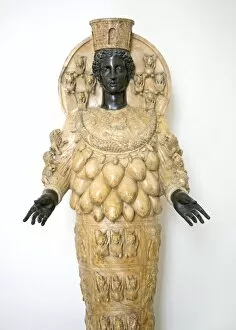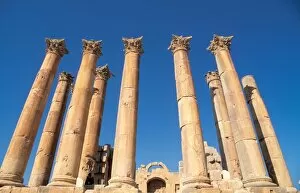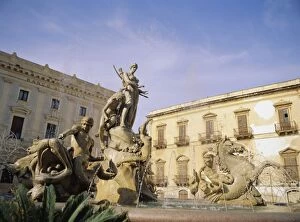Artemis Collection (page 15)
Artemis, also known as Diana of the Uplands, is a prominent figure in Greek mythology. This captivating goddess was often depicted in various artworks throughout history
All Professionally Made to Order for Quick Shipping
Artemis, also known as Diana of the Uplands, is a prominent figure in Greek mythology. This captivating goddess was often depicted in various artworks throughout history. One such artwork is "Diana of the Uplands" by Charles Wellington Furse, created between 1903-1904. In Greek mythology, Artemis was one of the twelve gods residing on Mount Olympus. Her story can be traced back to ancient texts published in 1880 that narrate the tales of these powerful deities. One notable myth involving Artemis showcases her compassion and mercy. In this tale, she sends a deer to spare the sacrifice of Iphigenia at the House of Tragic Poet from Pompeii. This act highlights her benevolence towards mortals and her connection with nature. Often associated with other significant figures like Callisto and Ceres. The Parthenon's East Pediment in Athens portrays her presence during its construction from 438-432 BC, emphasizing her importance within Greek culture. Artists have captured Artemis' essence through their masterpieces over centuries. Abraham Govaerts' painting depicts a serene landscape where Diana offers a hare to a nymph while Silenus and Ceres stand nearby; this scene beautifully captures Artemis' connection with both wildlife and fertility. "Diana the Huntress - with Attendants and Borzois" showcases Artemis surrounded by loyal companions during one of her hunting expeditions—a testament to her strength and independence as an iconic huntress. Louis Desplaces immortalized Artemis in his creation titled "Diana at the Bath. " This artwork portrays her vulnerability as she indulges in moments of self-care amidst nature's embrace—an intimate glimpse into another facet of this multifaceted goddess.




































